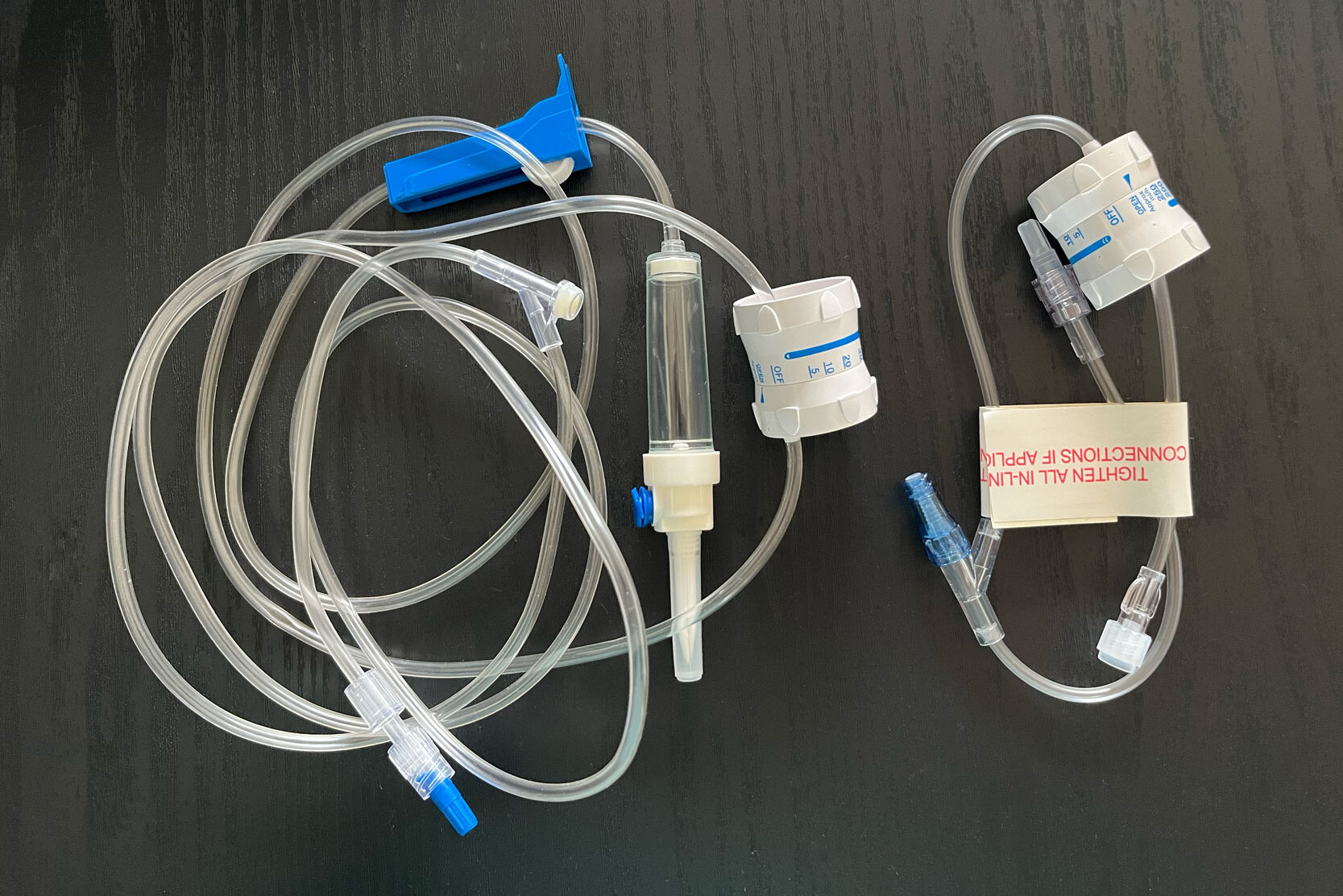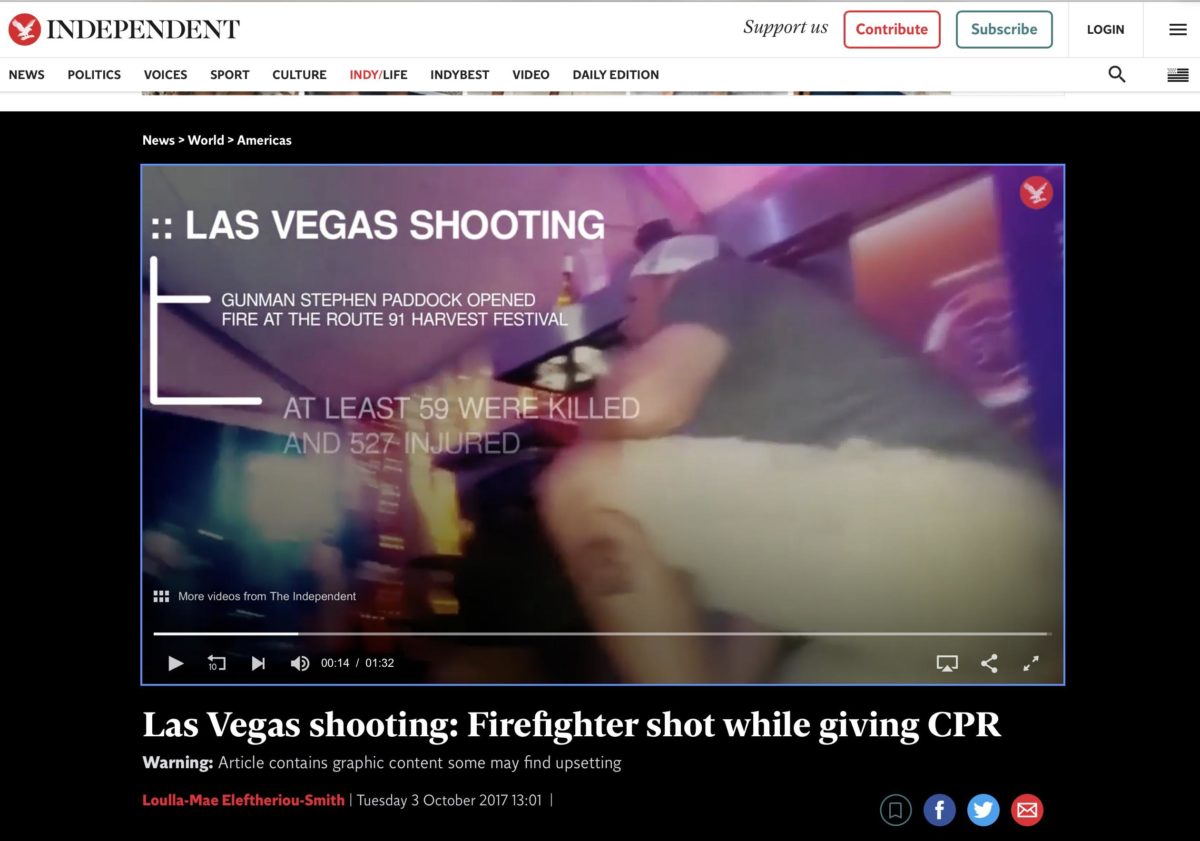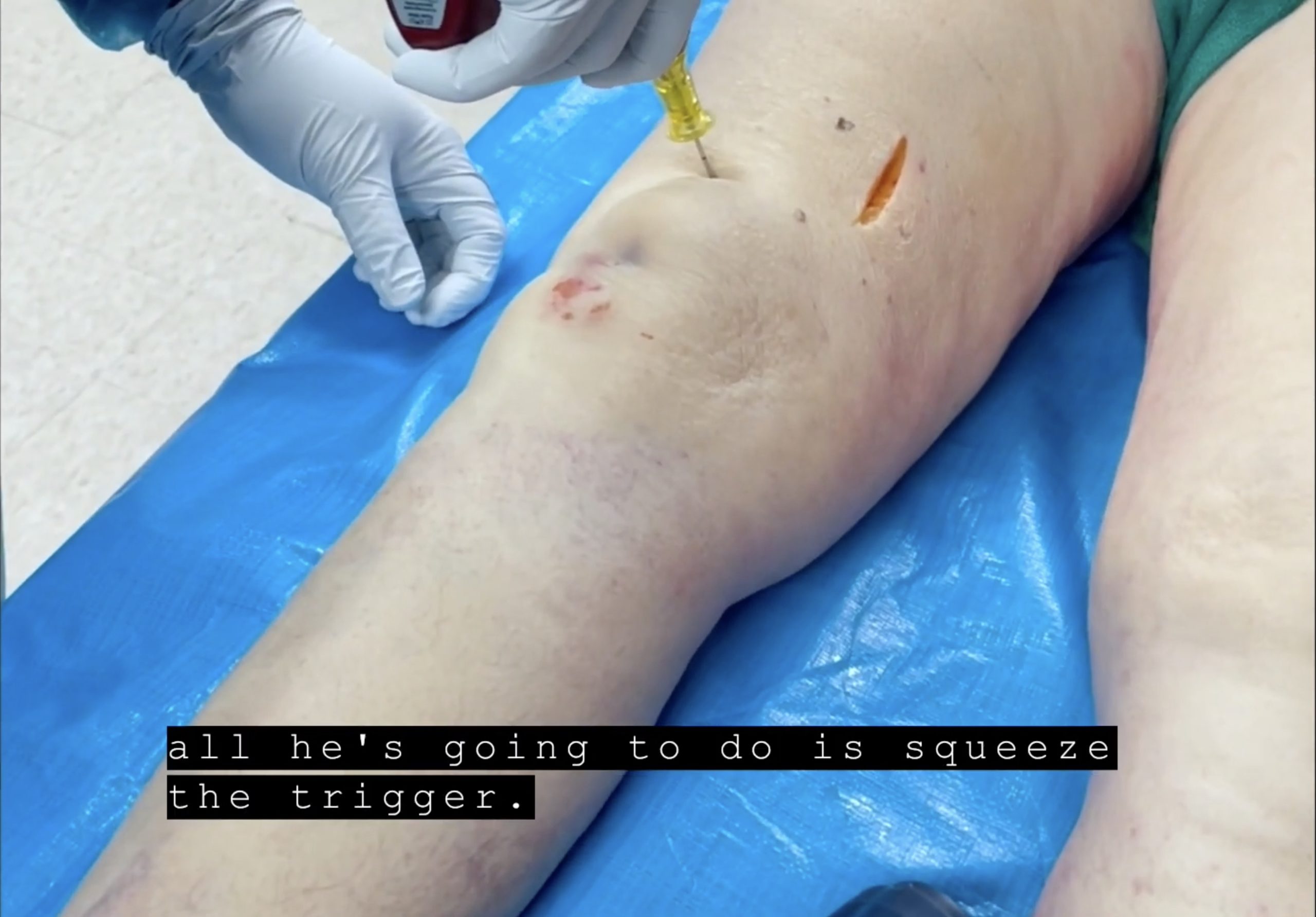A growing body of literature shows EtCO2 levels closely and inversely correlate with venous lactate, a marker of anaerobic metabolism. BLUF: Operationally, if your trauma patient has an EtCO2
In our MARCH mnemonic, circulation essentially asks the question: is this patient in shock?
The preshopsital management of hypovolemic shock, without the ability to provide blood products is limited. Historically, there are a variety of clinical indicators and management strategies for hypovolemic shock; their accuracy and successes are highly variable.
BLUF: The Dial-A-Flow IV regulating device is a cheap, lightweight, and easy option for administering IV infusions when traditional IV pumps aren’t available. Although it’s accuracy to deliver the exact volume of IV fluid desired can be + / – …
🕖 Reading Time, 8 minutes UPDATE: Is trying to resuscitate trauma patients with prehospital cardiac arrest futile? Conventional wisdom was that it was futile because the expectation of survival was too low. Newer research shows survival rates may be higher …
🕖 Reading Time, 6 minutes BLUF: “Normal” values vary by age, gender, temperature (both environmental and casualty’s), and lighting conditions. Different providers will see different durations of refill time. With all these adjustments and limitations of how normal is defined, …
🕖 Reading Time, 3 minutes Typically, intra-osseous access is performed either in the proximal humerus or proximal tibia in the civilian setting and sternally in the military. A recent study of 2016 US prehospital IO placements in adult out-of-hospital cardiac …
BLUF*: Hypotensive trauma patients need the cause of their hypotension fixed: whether that is aggressive hemorrhage control, administration of blood products, or needle decompression for tension pneumothorax. IVF is a very temporary fix; blood products would be better. Push dose …






